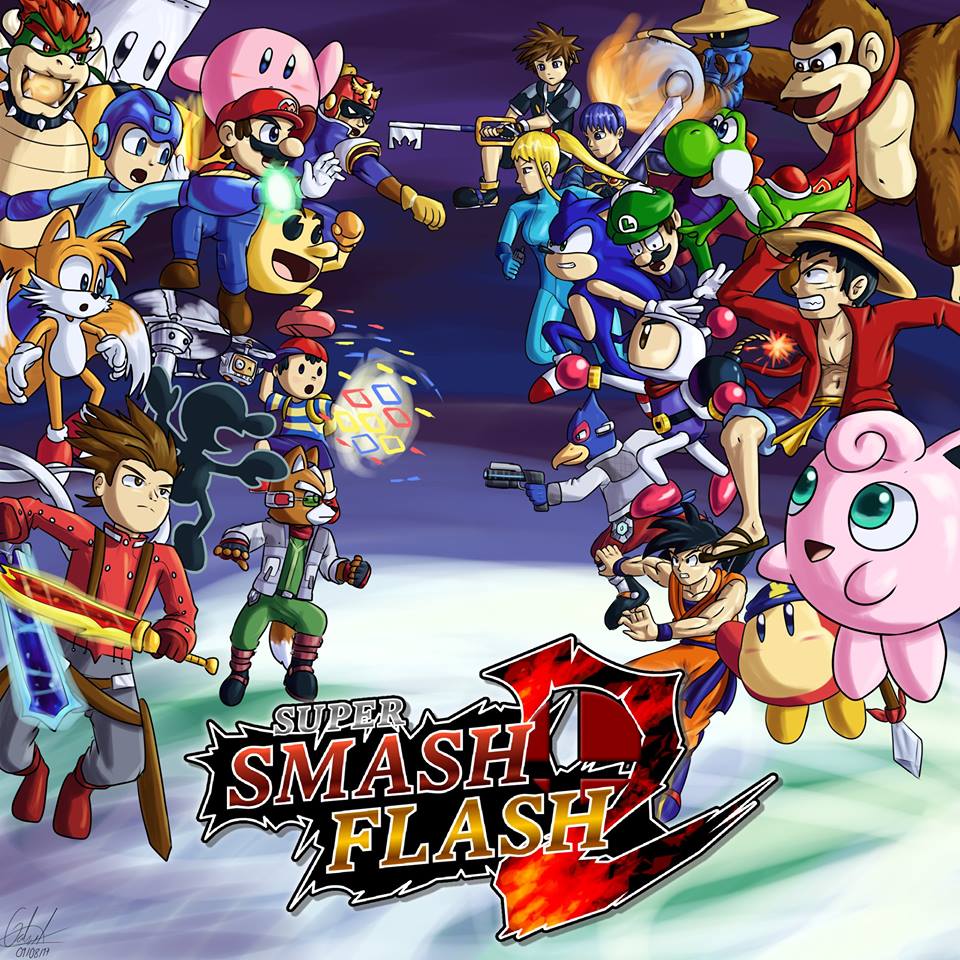

There are broadway showstoppers and dispatches from the birth of hip-hop. You’ll find anthems by New York icons ranging from Lou Reed to Jay-Z. Here we collect our favorite odes to the Big Apple. There are thousands of songs about New York, but only a select few are timeless. They celebrate that iconic skyline, but aren’t afraid to descend to the gutter. They are songs of triumph and heartache, success and failure, love and loss. A great New York song is tapped into the rhythms of the city and well aware of the incredible wealth of human experience happening simultaneously across its expanse.

For an avid Scoobert fan like myself, finding Monster Tokens was a necessity.Like movies and books centered around the Big Apple, the best New York songs are by artists who understand the things that make NYC great and horrifying are one and the same. Monster Tokens unlock content in the aforementioned Monster Gallery, which acts as an in-game museum for reading up on Scoobert-Doobert trivia. They range from simply being blocked behind an ability Scoobert doesn’t have yet to being very elusive, so keep your eye out for ‘em. (Collecting all Scoobert Snacks in one area will unlock concept art in the Monster Gallery, though, which is pretty cool, I guess.) Monster Tokens, on the other hand, are by far the most valuable collectible in the game. However, if you’re a big completionist, the game does in fact challenge you to collect every single Scoobert Snack in every single level, though it’s entirely up to you if you’d like to do that. Some doors are blocked off by Scoobert Snack requirements, but it’s never hard to get the right amount by just walking through levels. Scoobert Snacks are bit less necessary than the others. Keys, while not really collectibles, are common objects that you’ll required to find to unlock doors throughout the game. The collectibles pretty much amount to Monster Tokens, Scoobert Snacks, and keys. In addition to standard platforming, ability-based progression, and a linear sort of exploration, Scoobert-Doo! Night of 100 Frights actually acts as a bit of a collect-a-thon. (I’m looking at you, every game where levels take 30 to 45 minutes to complete.) Luckily, the bite-sized chunks in Night of 100 Frights alleviate what could have been a potential issue. So many of the levels in large, open-world 3D platformers feel so pointless and overwhelming until you reach the end of the level. This sectioning-off also creates a feeling of level progression that balances the pull between a large game world (which Night of 100 Frights certainly has) and the more traditional structure of sidescrolling platformers. The sectioning-off of levels didn’t stifle me, but rather gave me a concept of geography (in conjunction with the in-game map, accessed through the pause menu). Throughout my playthrough, encountering a loading screen that announced that I was on the, say, third part of a level actually became a welcome treat of sorts. Each part of an episode is semi-lengthy in its own right, and breaking parts up through loading screens creates a feeling of progress. But in practice, the game still manages to pull off quite a bit of fluidity. You’re probably thinking, “Dustin, that is just WAY too much starting and stopping.” And yeah, it probably sounds that way in theory.


 0 kommentar(er)
0 kommentar(er)
